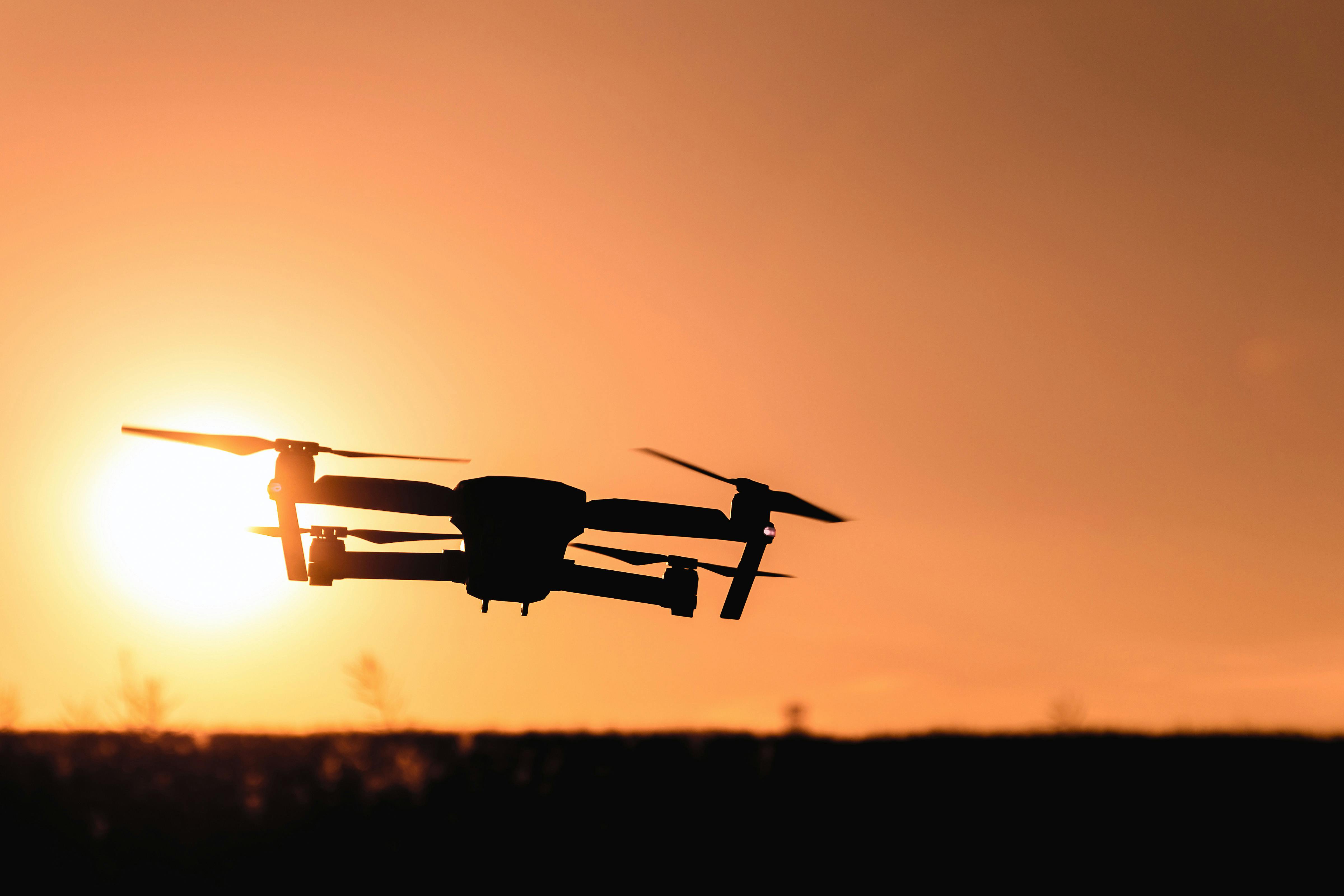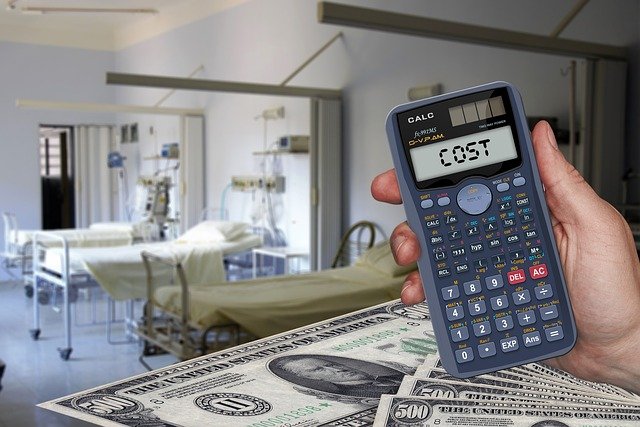Advancements in Telecommunications: The Impact of Drones on Network Coverage
Ever considered the role of drones in telecommunications? This airborne technology might be more synonymous with photography and delivery services, but drones are poised to revolutionize the telecom industry. Here's a fascinating look at how drones are enhancing network connectivity and coverage.

Drones in Telecommunication: A Historical Perspective
Drones, also known as Unmanned Aerial Vehicles (UAVs), have come a long way since their inception in the early 20th century primarily for military purposes. Over time, they have permeated various sectors including telecommunications. Telecom companies started exploring drones’ potential around the mid-2010s, initially for infrastructure inspection and maintenance. However, their role has since expanded, thanks to continuous technological advancements.
Current Trends and Regulatory Changes in Drone Technology
The use of drones in telecom is on the rise, with tech giants and telecom companies investing heavily in this technology. One key trend is the use of drones for enhanced network connectivity during events or emergencies when the existing infrastructure is inadequate or compromised. Regulatory bodies worldwide are also updating their policies to accommodate this emerging technology. For instance, the US Federal Aviation Administration has eased restrictions on commercial drone usage, paving the way for telecom applications.
Drone-based Telecommunication Services: Impact and Challenges
Drones can provide temporary network coverage in areas affected by natural disasters or during large events. They can also reach remote areas where installing traditional infrastructure is challenging. However, the deployment of drone-based telecom services isn’t without obstacles. These include regulatory constraints, safety concerns, limited battery life, and the need for advanced control systems.
Practical Applications of Drones in Telecom
Drones could revolutionize telecom in several ways. They can quickly restore connectivity in disaster-hit regions, enabling rescue operations and communication among affected individuals. Drones can also provide additional coverage during high-demand periods, like concerts or sporting events, ensuring seamless connectivity for attendees. Lastly, they can inspect and maintain telecom infrastructure, reducing costs and risks associated with manual inspections.
In conclusion, drones hold immense potential in telecommunications, from boosting network coverage to ensuring infrastructure integrity. As regulations evolve and technology advances, we can expect drones to become an integral part of the telecom landscape, redefining connectivity in ways we can only begin to imagine.




